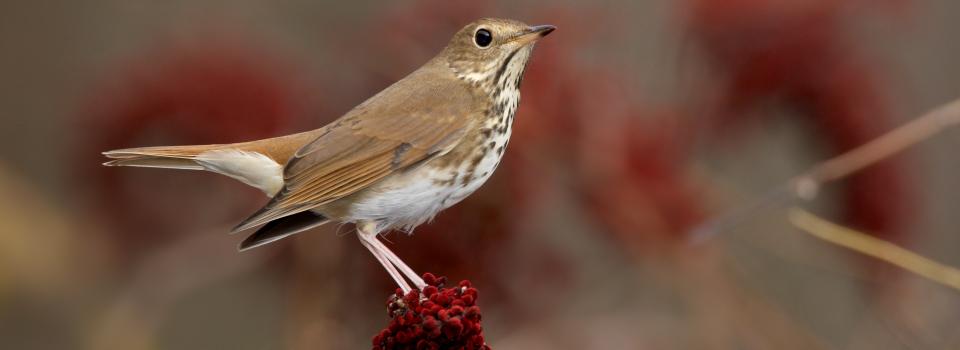
Hermit Thrush
Photo by: Robert Royse
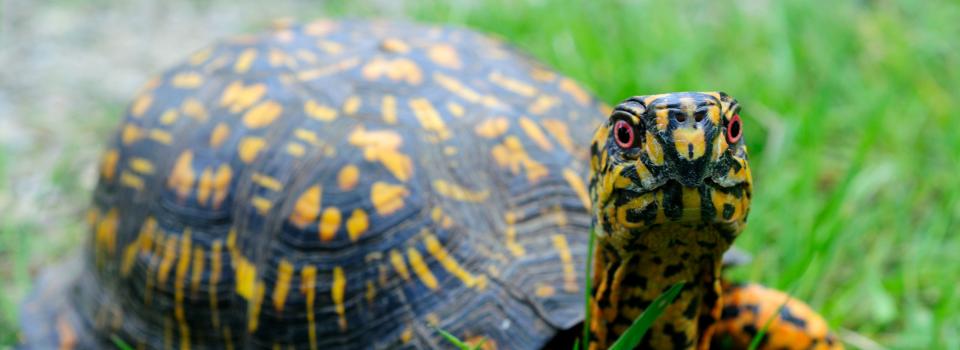
Box Turtle
Photo by: Jonathan Mays
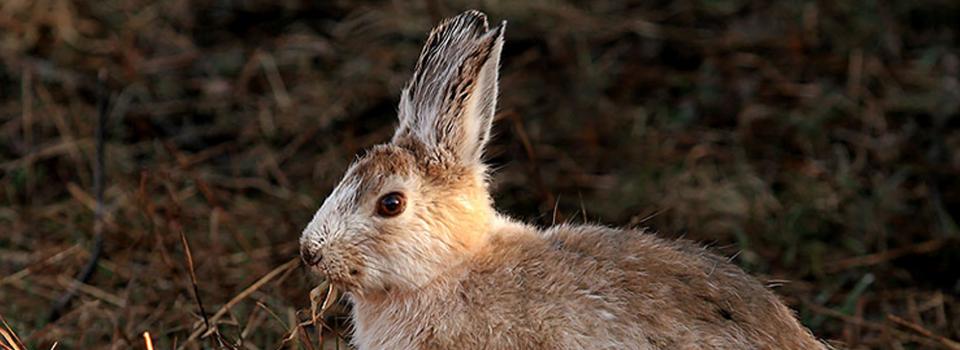
Snowshoe Hare
Photo by: Mike Hodgson

Timber Rattlesnake
Photo by: Kelly Wiley
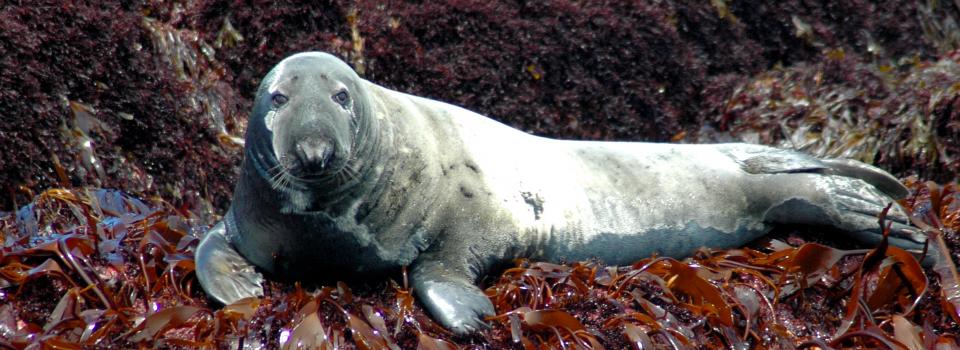
Gray Seal
Photo by: Jonathan Mays








RCN PHASE 2; PROJECT 4 FOUNDATIONAL TOOLS AND SWAP COORDINATION; JOB 3 NORTHEAST CONSERVATION STATUS ASSESSMENT
OBJECTIVE:
Project 4 will conduct three investigations by 2023 that are necessary for the revision of the 2025 State Wildlife Action Plans. These investigations will examine landscape status, conservation projects, and best practices established over the past decade of SWAP implementation and create products that will inform all elements of 2025 Northeast SWAP revisions.
· Job 1 – Development and production of the 2022 Northeast Lexicon
· Job 2 – Development and production of the 2023 Northeast Conservation Synthesis
· Job 3 – Development and production of the 2022 Northeast Conservation Status Assessment
All jobs will be implemented via subcontracts with oversight from the Northeast State Wildlife Action Plan Coordinator Subcommittee or Northeast Fish and Wildlife Diversity Technical Committee. Job approaches are detailed below.
Job 1. Development and production of the 2022 Northeast Lexicon (i.e., Northeast Lexicon Update)
Project Leader: Cathy Haffner (chaffner@pa.gov)
Job 1 will use a three-phased approach that builds consensus across all 13 states and the District of Columbia and culminates with an updated 2022 Lexicon ready for application in 2025 SWAP revisions. Throughout this Job, the Subcontractor will provide brief updates as requested by the Northeast Fish and Wildlife Diversity Technical Committee or SWAP Coordinator Subcommittee. Additionally, progress will be reported at the annual NEAFWA Conference in April 2022 and 2023 and annual NEFWDTC meeting in September 2021 and 2022. The project Work Group (NEFWDTC and SWAP committee reps) will meet, as needed, throughout the year.
a. Phase 1 – Scoping
A project Work Group of representatives from the NEFWDTC and SWAP Coordinators Subcommittee will be identified and will meet during a series of calls at an interval mutually agreed upon to meet project objectives, between contract execution and January 2022. Meetings will be coordinated by the subcontractor. The output of this phase will be an agreement of expectations for the 2022 lexicon in January of 2022.
To complete this scoping phase by 31 December 2021, the Subcontractor will:
· Lead SWAP Coordinators in reviewing the strengths and weaknesses of the 2013 Lexicon;
· Identify conservation best practices that have emerged since the 2013 Lexicon;
· Consider limiting factors and other advancements related to Regional Species of Greatest Conservation Need;
· Assist SWAP Coordinators in determining new goals for regional collaboration that the Lexicon can support;
· Compile existing standards with which the Lexicon should align.
b. Phase 2 – Research and Development
Tasks will be conducted following the scoping phase, January-March 2022. To complete this research and development phase by 31 March 2022, the Subcontractor will:
· Iteratively update the Lexicon to reflect updated information identified in the agreement of expectations;
· Crosswalk new Lexicon data fields with existing standards;
· Develop new Lexicon data fields within the 8 Required Elements of State Wildlife Action Plans or any new functions needed to support new regional collaboration goals.
c. Phase 3 – Documentation and Delivery
The Subcontractor will provide the following deliverables by 30 September 2022 to complete this Job:
• Final documentation and updated Lexicon;
• Summary crosswalk of Lexicon versions;
• Lexicon summary provided on northeastwildlifediversity.org;
• Lexicon fact sheet;
Data templates in Microsoft Excel or Access.
Job 2. Development and production of the 2023 Northeast Conservation Synthesis (i.e., Northeast Synthesis Update)
Project leader: Brian Hess (Brian.Hess@ct.gov)
Job 2 will use a five-phased approach that builds consensus across all 13 states and the District of Columbia and culminates with an updated 2023 Conservation Synthesis ready for application in 2025 SWAP revisions. Throughout this Job, the Subcontractor will provide brief updates as requested by the Northeast Fish and Wildlife Diversity Technical Committee or SWAP Coordinator Subcommittee. Additionally, progress will be reported at the annual NEAFWA Conference in April 2022 and 2023 and annual NEFWDTC meeting in September 2021 and 2022. The project Work Group (NEFWDTC and SWAP committee reps) will meet as needed throughout the year.
The Scoping phase will begin at grant execution through December 2021. The Subcontractor will survey and gather input from the SWAP Coordinators and NEFWDTC to identify their needs. The first several months will be focused on gathering input to design the contents and format of the Synthesis document. The scoping process may include a survey and webinar with follow-up and feedback so that SWAP Coordinators have input into what they want the synthesis to contain.
To complete this Scoping phase by 31 December 2021, the Subcontractor will:
The Design and Planning phase will be conducted between December 2021 and March 2022. To complete this phase by 31 March 2022, the Subcontractor will:
The Research and Coordination phase will occur between March and August 2022. During this phase, the Subcontractor will conduct research to find data on relevant information regarding each of the SWAP Elements. The Subcontractor will coordinate with the project Work Group and provide regular progress updates as requested.
The Synthesis and Coordination phase will be conducted from September to December 2022, in coordination with the project Work Group. The Subcontractor will compile, synthesize, and organize information gathered during Phase 3. This synthesis will meet the expectations established in Phase 1 and be organized using the detailed outline developed in Phase 2. The Subcontractor will coordinate with other regional projects, including those described in Job 1 and 3 of this Project.
This final phase of documenting methods and delivery of the 2023 Northeast Conservation Synthesis will be completed by 28 February 2023. To complete this documentation phase, the Subcontractor will complete an updated Synthesis of Northeast SWAP Elements, including regional priority species, habitats, threats, actions, monitoring and coordination. The format will allow states to incorporate the Synthesis into their 2025 SWAP revisions, either in its entirety (e.g., as a chapter or appendix) or by section (e.g., by required element)to provide a regional context in the revised State Wildlife Action Plans and to inform broader agency/partner efforts. This document will provide the synthesized status and products of the NEFWDTC regional efforts for fish and wildlife diversity conservation.
Job 3. Development and production of the 2022 Conservation Status of Fish, Wildlife, and Natural Habitats in the Northeast Landscape (i.e., Northeast Conservation Status Assessment Update)
Project leader: Jon Kart (Jon.Kart@vermont.gov)
Job 3 will update the 2011 report, produced for NEAFWA, titled, The Conservation Status of Fish, Wildlife, and Natural Habitats in the Northeast Landscape. The objectives are to re-assess habitat targets and indicators used in the 2011 report to identify changes and potential trends important to conservation in the NEAFWA region. This update will also weave into the analyses climate change projections to help states plan more resilient futures for fish, wildlife, and their habitats. A project steering committee of SWAP Coordinators and NEFWDTC members will meet with the Subcontractor throughout the project to help guide selection and refinement of datasets and analyses and to ensure project objectives are achieved.
To complete this phase by 31 December 2021, the Subcontractor will:
To complete this phase by 30 June 2022, the Subcontractor will:
To complete this phase by 31 December 2022, the Subcontractor will:
LOCATION – Northeast Association of Fish and Wildlife Agencies geography (Maine to Virginia)
GSA Number: GSA 00070 Amendment 5
GSA Title: 2022 Northeast Lexicon
GSA Contractor: Strategic Stewardship Initiative
GSA Number: GSA 00029 Amendment 4
GSA Title: NE Regional Conservation Synthesis for 2025 SWAP
GSA Contractor: Terwilliger Consulting
GSA Number: GSA 00151
GSA Title: Updating 3 Foundational Tools for the 2025 SWAP
GSA Contractor: The Nature Conservancy
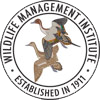
© 2020 A Wildlife Management Institute Project